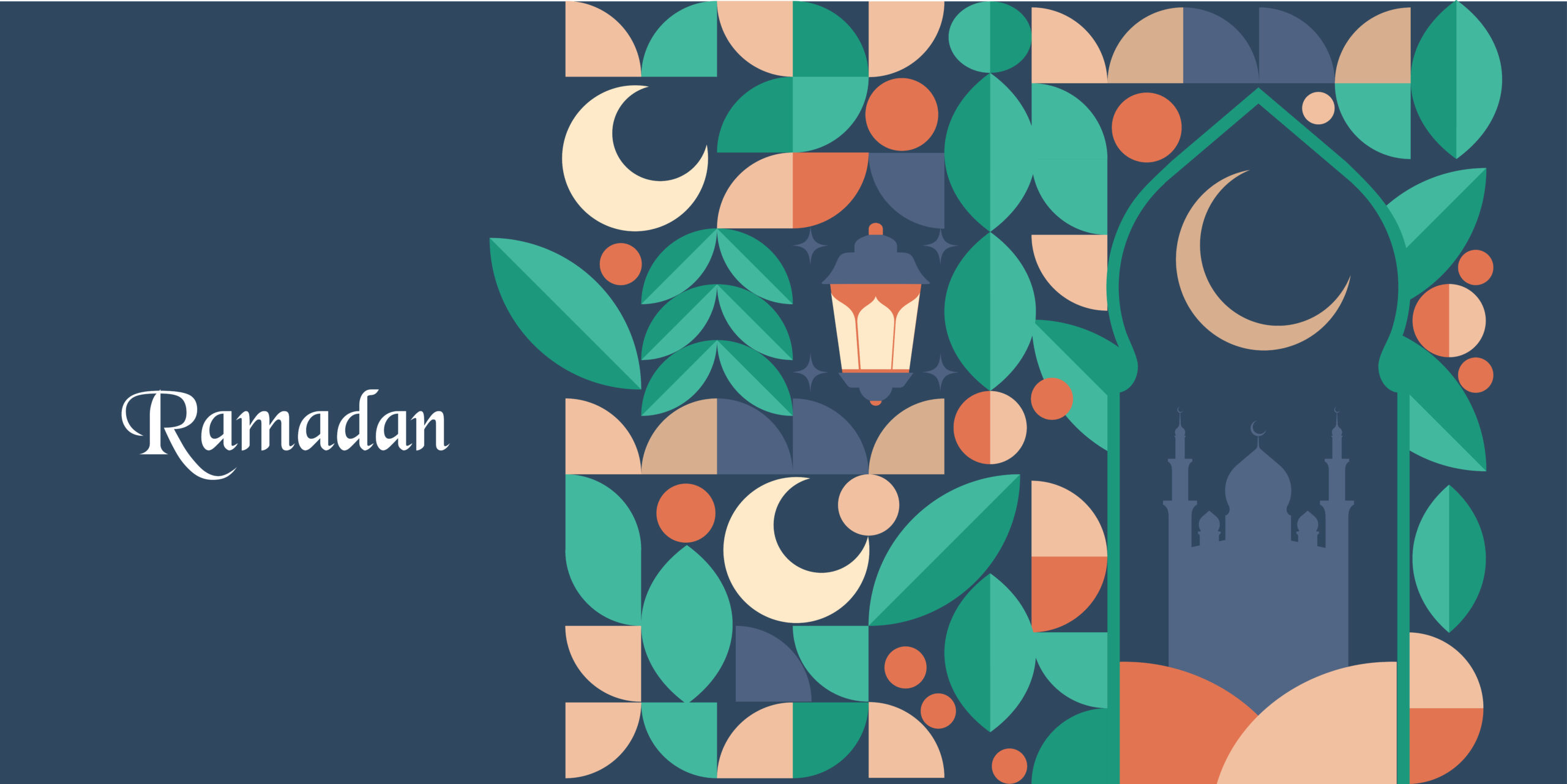To mark the beginning of Ramadan, Fr Sean McDonagh recalls how the Vatican II document Nostra Aetate impacted on the relationship between the Catholic Church and the other great religions of world, including Islam. Columbans, he suggests, learned how to be missionaries in the countries in which they worked.
I was ordained a Columban missionary priest on Easter Sunday 1969 and was appointed to work in the Philippines. Upon arriving in Manila in September 1969, I learned that I and my five classmates were appointed to the southern island of Mindanao. The next nine months were spent learning Cebuano, which is the language spoken by Christians in the northwest area of Mindanao.
After finishing at the language school in Ozamis, I was appointed to the city of Oroquieta in Misamis Occidental and spent three happy years in pastoral ministry with the local community. The early 1970s was only a few years after Vatican II, so changes were happening regularly in liturgy, catechetics, social justice and bible studies. I taught various courses on catechetics and liturgy in Stella Maris College.
During the 1970s, liberation theology, which emphasised the social and economic concerns of the poor and their need for liberation through living out the gospels spread from Latin America to the Philippines. In Latin America theologians such as Gustavo Gutierrez, Leonardo Boff and John Sobrino popularised the phrase “preferential option for the poor”.
Not everyone was enthusiastic about liberation theology, and some rejected its use of Marxist categories and language. But it did give many Columbans a new focus in their theology and their pastoral care.
In 1973, I was asked to study anthropology and linguistics at the Catholic University of America and Georgetown University in Washington DC. In the aftermath of Vatican II, each country faced the task of how to make the Christian message understandable and relevant in their own area. People began to use terms such as inculturation which means making the Christian message relevant in the socio-economic and cultural context of where they lived.
This was not an easy thing to do, since for centuries the Catholic Churches liturgy was in Latin and its dogma and canon law was also presented in an unchanging way.
But making the Churches message relevant demanded more than a new theology, but also an understanding of cultural context in which the Christian message is shared. This is the reason that anthropology should be so central to this whole process of inculturation.
Unfortunately, it is still not valued by some Church leaders although it will be most important in developing a synodal Church across the world.
I returned to the Philippines in 1975 with a Master’s degree in Anthropology and was asked to act as chaplain at the Mindanao State University in the Muslim city of Marawi and to teach anthropology there.
Since the beginning of Islam in 622CE, Christianity and Islam have often been in conflict in various parts of the world. The most famous conflicts took place in the Medieval period when European crusades support by the Latin Church attempted to recover Jerusalem from the Muslims.
Conflict between Christianity and Islam has also been a feature of the history Mindanao, since Spain conquered the Philippines, five hundred years ago.
During Vatican II which took place in the between 1962 and 1965, the Council Fathers decided to seek a peaceful and cooperative relationship with other major religions, across the world, including Islam. They published a document called Nostra Aetate on the relationship between the Catholic Church and the other great religions of world, including Islam.
No3 of Nostra Aetate states that, “Upon the Muslims, too the Church looks with esteem. They adore one God, living and enduring, merciful and all-powerful.”
In the 1970s, Bishop Benny Tudtud who was then Bishop of Iligan studied Islam in Rome. On returning to the Philippines, he and Rome decided that he would cease being the bishop of Iligan and move to the smaller Prelature of Marawi. The focus of Christian ministry in that Prelature was to promote dialogue with Islam in any way they could.
Given the long history of conflict this was an extraordinary change of focus for Christians and Columban missionaries.
Many of the students who attended Mindanao State University were Christians who were raised in this conflict situation and whose attitude towards Islam was quite negative. One-way Christians in the Prelature of Marawi could reach out positively was by taking part in a programme called Dugoy Ramadan. (Accompanying Ramadan) where Christians would also fast during days of Ramadan and join with Muslims in celebrations during that month.
Ramadan is the ninth month of the year based on the lunar calendar. For Muslims, Ramadan is the holiest month of the year and one of the pillars of Islam. During that month, Muslims fast from sunrise to sunset. They also spend time praying, reading the Koran, and doing charitable deeds such as donating to charity and getting closer to Allah and their neighbours.
During the next three decades Marawi Christians and Columban Missionaries – Frs Des Hartford, Kevin McHugh, Terry Twohig, Padraig O’Donovan and Rufus Halley, who was tragically murdered in the area in 2001, found a new way of witnessing to the gospel in Christian-Muslim dialogue and thus broaden out the Churches’ understanding of its mission.


